Why You Should Use Praise Palm Oil
The praise palm oil is derived from the fruit of the oil palm tree, is a nutrient-dense oil that has been a staple in various cultures for centuries. Unlike its more refined counterparts, praise palm oil retains its rich reddish-orange hue due to the presence of natural carotenoids, which include beta-carotene and lycopene. These compounds contribute not only to its vibrant color but also to its impressive nutritional profile. This oil is unrefined and retains its natural red color and nutty flavor, making it a popular choice in West African cuisine.
- 100% Natural Red Palm Oil, Unrefined to Preserve Nutrients, Antioxidants, and Fatty Acids
- Vitamins that have a Rich Taste that you Only get from Food Grown without harmful chemicals
- Hands harvested & pressed in Ghana for that deliciously fresh, no-after-taste yumminess.
- Has a 3-year shelf life with NO artificial trans fats. 100% Vegan. The sediment that you may see at the bottom of the bottle is a natural by-product of the traditional extraction process used in Ghana, West Africa.
Ideal for traditional dishes or modern recipes, our Praise Palm Oil stands out for its sustainability and commitment to quality, allowing you to savor the authentic taste of nature in every bite. In terms of oil quality, this sediment indicates that you are purchasing natural, unrefined palm oil that was freshly packed and bottled.
Praise Palm Oil is a premium quality cooking oil sourced from the lush palm trees of West Africa. Renowned for its rich nutritional profile and culinary versatility, this exceptional oil has become a staple in kitchens around the world. With its vibrant reddish-orange hue, Praise Palm Oil not only enhances the color of your dishes but also infuses them with a subtle nutty flavor that can elevate a variety of recipes. One of the most distinctive features of Praise Palm Oil is its impressive health benefits. It is a rich source of essential vitamins, particularly Vitamin E and Vitamin A, which are crucial for maintaining good health and promoting healthy skin. The oil is naturally cholesterol-free and contains a balanced composition of saturated and unsaturated fats, making it a heart-healthy option when used in moderation.
The presence of antioxidants in Praise Palm Oil helps combat oxidative stress, contributing to overall well-being. In terms of culinary applications, Praise Palm Oil is incredibly versatile. Its high smoke point makes it ideal for deep frying, sautéing, and roasting, allowing you to explore a wide range of cooking techniques without the oil breaking down or losing its flavor. Whether you’re whipping up a traditional African dish, making stir-fried vegetables, or crafting homemade salad dressings, Praise Palm Oil delivers consistent results and a delightful taste. Moreover, Praise Palm Oil is also embraced in baking, where it can substitute for butter or margarine in many recipes. Its natural sweetness pairs beautifully with baked goods, giving them a moist texture and subtle flavor that keeps them fresh longer. Health-conscious bakers will appreciate the potential for creating lighter, yet still delicious, treats. Sustainability is another cornerstone of Praise Palm Oil’s ethos.
The brand is committed to providing environmentally friendly products, sourcing palm oil from sustainable plantations that adhere to strict eco-friendly agricultural practices. This commitment not only supports local communities but also promotes biodiversity and the preservation of rainforests. By choosing Praise Palm Oil, you can enjoy delicious meals while being part of the solution to environmental challenges. Praise Palm Oil is also a fantastic ingredient for those experimenting with plant-based and vegan diets. It serves as a robust base for marinades, dressings, and sauces, delivering flavor and richness to plant-based meals. From hearty potato curries to delectable coconut rice, Praise Palm Oil encourages creativity and innovation in the kitchen. In addition to its culinary prowess, Praise Palm Oil has found a place in the beauty and skincare industry as well. Its nourishing properties make it a key ingredient in lotions, soaps, and hair care products, offering hydration and a natural glow to skin and hair. Customers seeking natural alternatives for their beauty routines can find comfort in using products that incorporate Praise Palm Oil. With many culinary oils flooding the market, Praise Palm Oil stands out for its ethical sourcing, superior quality, and versatile applications. Perfect for both home cooks and professional chefs, this oil is an essential addition to any pantry. Ideal for various cuisines and dietary needs, its consistency and flavor profile make it suitable for an array of culinary adventures.
Experience the difference that high-quality, sustainable oil can make in your cooking and overall health. Discover the richness of Praise Palm Oil today and let it inspire your next meal! Embrace the goodness of Praise Palm Oil, where every drop is a testament to quality and sustainability, paving the way for healthier, flavorful cooking experiences.



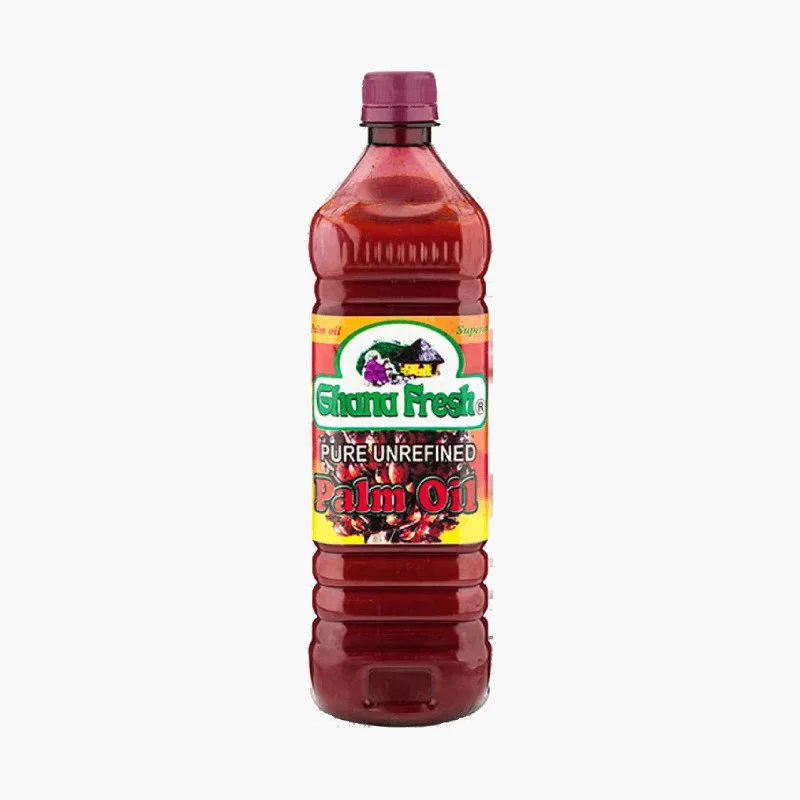
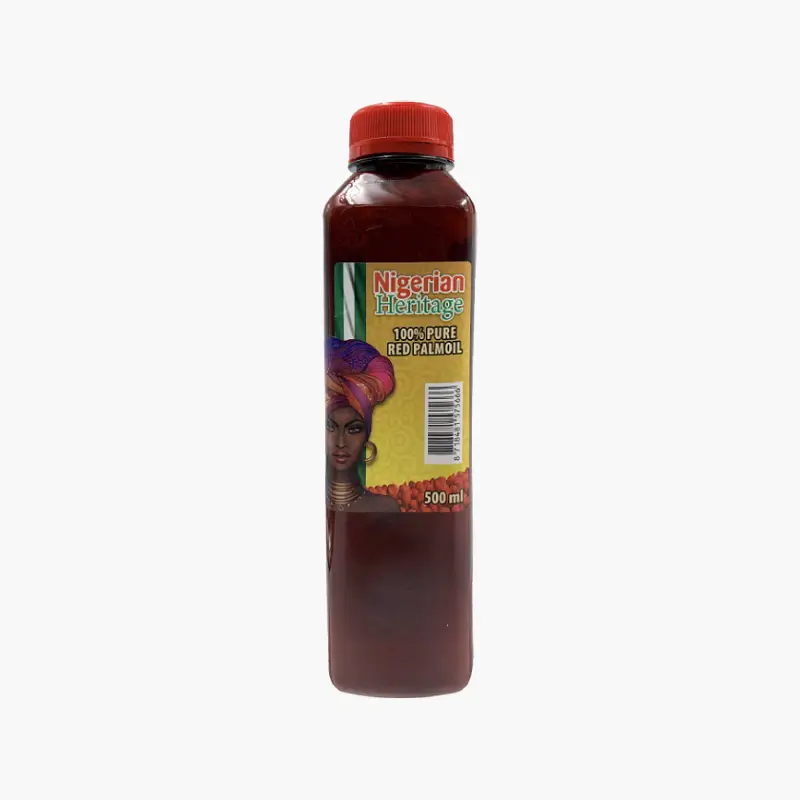

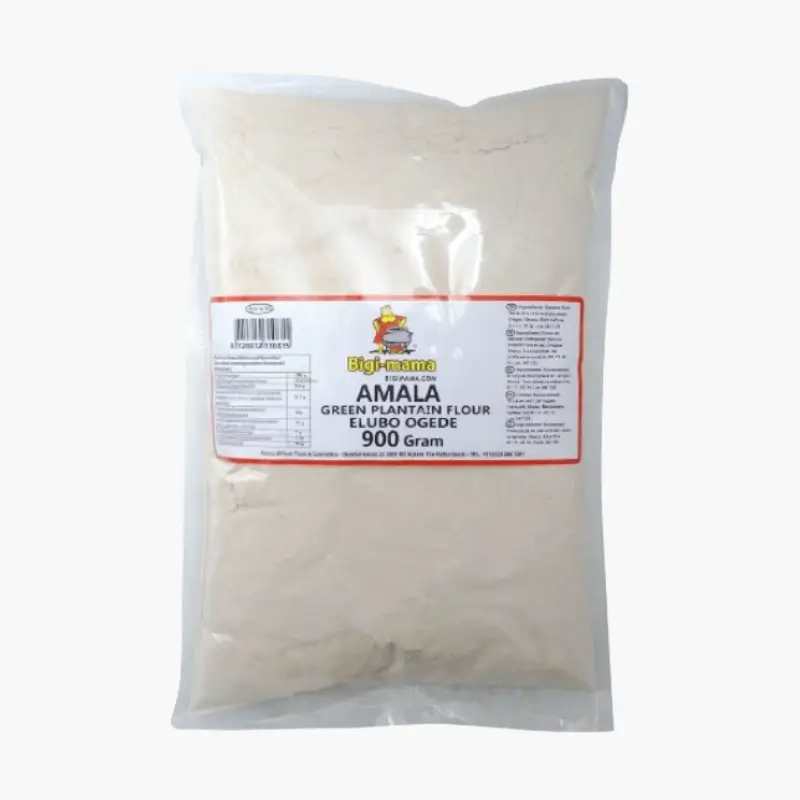
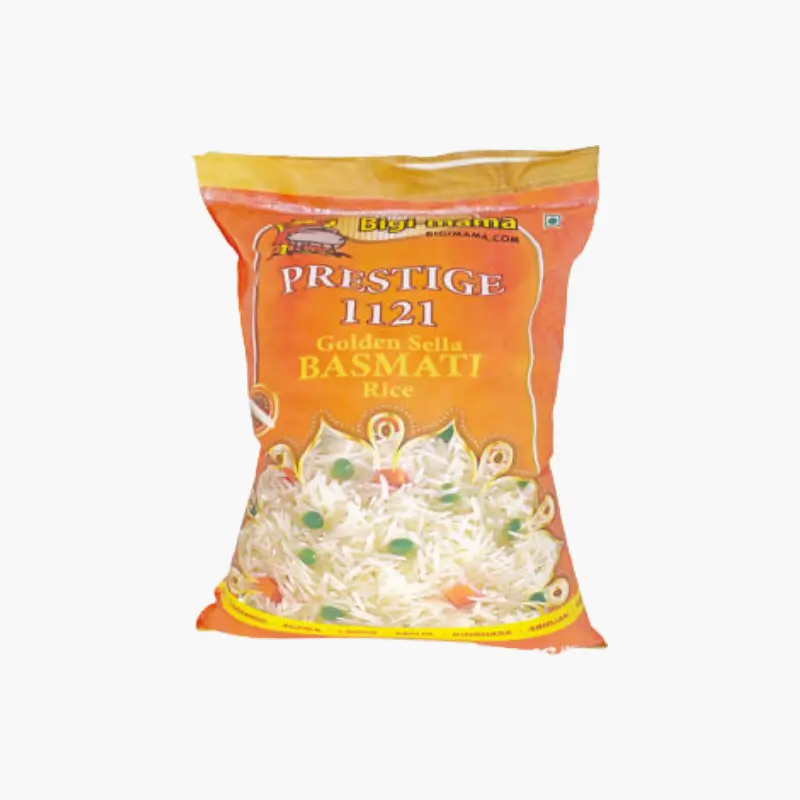

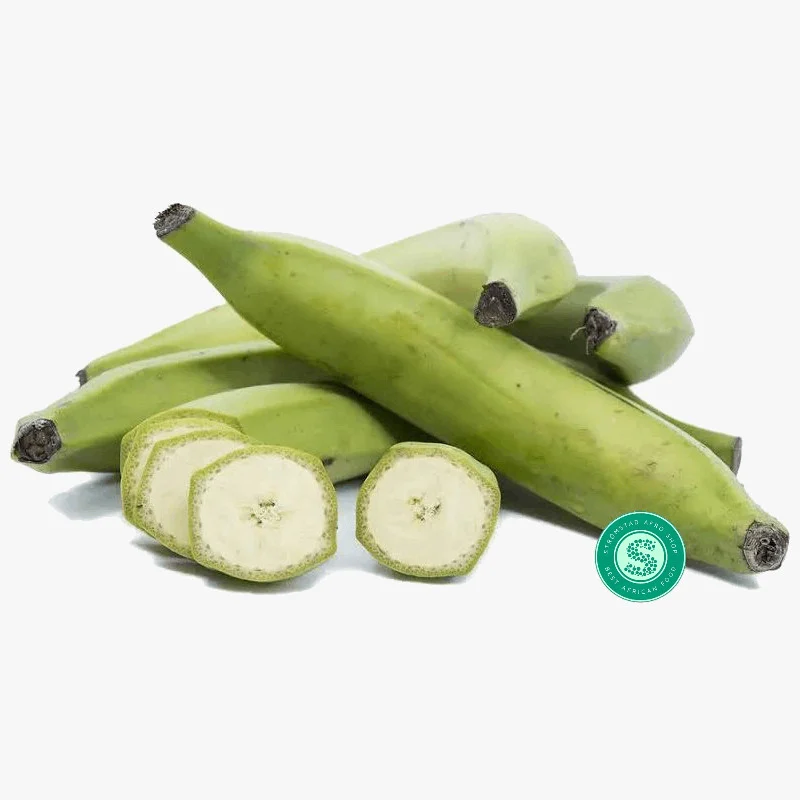

Reviews
There are no reviews yet.